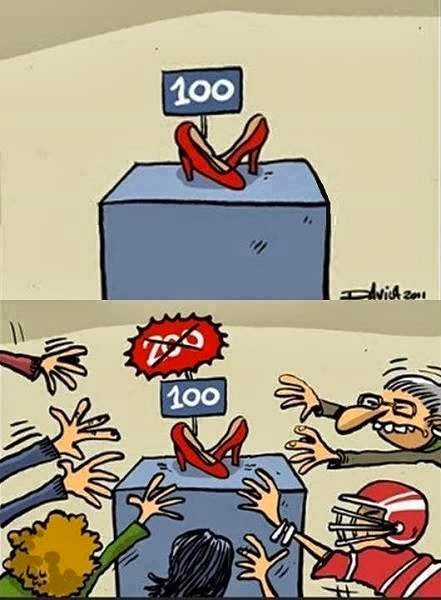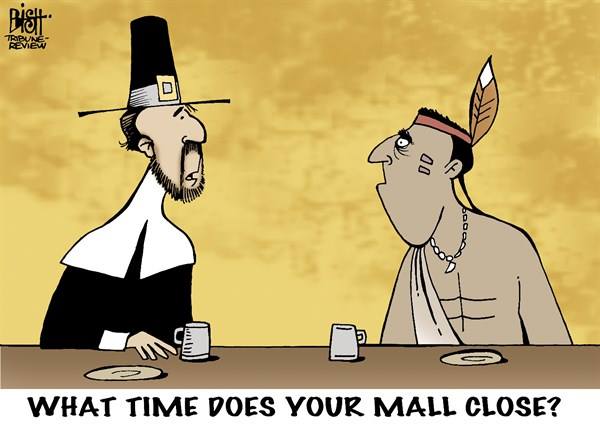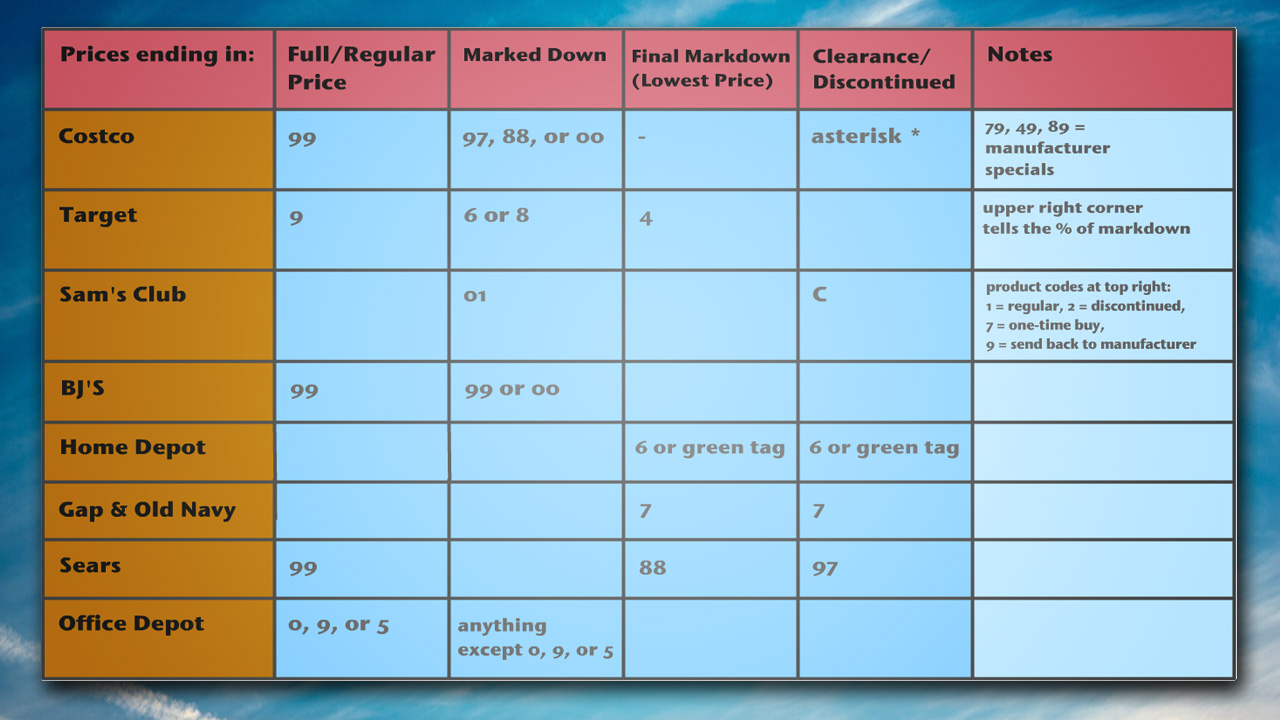Black Friday Logic
Cartoon Of The Day: Black Friday
Why The Day After Thanksgiving Is Called “Black Friday”
Why the Day After Thanksgiving is Called “Black Friday”
Now you know!
“Black Friday” as a name for the day after Thanksgiving was coined by police officers in New England. One of the earliest documented references of this was in December of 1961, where Denny Griswold of Public Relations News stated: “in Philadelphia, it became customary for officers to refer to the post-Thanksgiving days as Black Friday and Black Saturday. Hardly a stimulus for good business, the problem was discussed by… merchants with their Deputy City Representative… He recommended adoption of a positive approach which would convert Black Friday and Black Saturday to Big Friday and Big Saturday.” (Referring to the traffic and number of accidents.)
“Big Friday” never caught on, but over the next decade, more and more references can be found in various newspaper archives of this particular Friday being called “Black Friday” for this reason.
In the 1980s as the name’s popularity spread throughout the United States, a new origin theory popped up, often touted by the media, that most retailers operated at a financial loss for the majority of the year and Black Friday was named such because it was the day of the year when the retailers would finally see a profit, moving out of the red and into the black.This simply isn’t true. While there are some retailers that depend on the Christmas season’s revenue to make a profit for the year, most see profits every quarter based on the quarterly SEC filings of major retailers in the United States. There are also no documented references to this potential origin predating November of 1981.
Secret Price Codes
A cheat sheet for saving even more money at major retailers–by knowing their secret price codes.
Several popular retailers use “secret” price codes that can clue you in on whether an item is the best deal at the store or not. Here’s a handy chart you can use while shopping to decode those numbers.
Here are the pricing structures for Costco, Target, Sam’s Club, BJ’s, Home Depot, Gap/Old Navy, Sears, and Office Depot. Look for the price on the tag and if it ends in one of these numbers or letters/symbols, you’ll know if you’re getting a really good deal or just the regular price. (Marked down just means it’s on sale, Final Markdown is the lowest price the store will drop it to, Clearance/Discontinued means the store isn’t gong to restock it.)
If you only remember one thing, though, just look for the price ending in any number other than 9 or 99, and you’ll know you’re getting less than full retail price.




